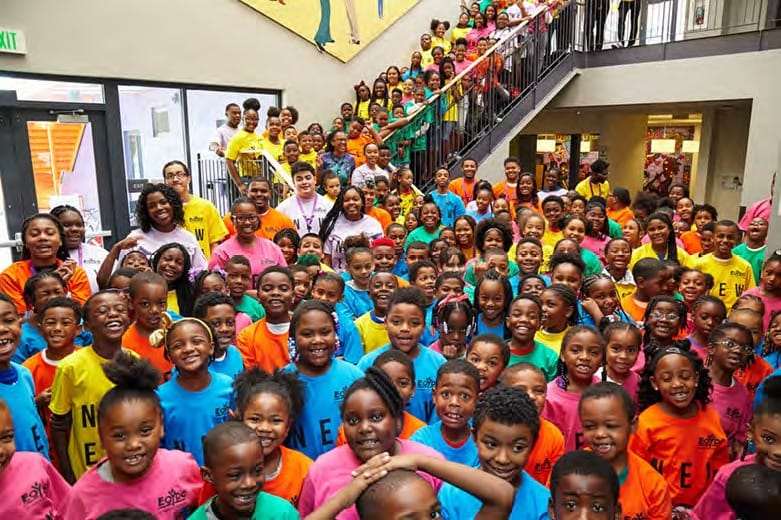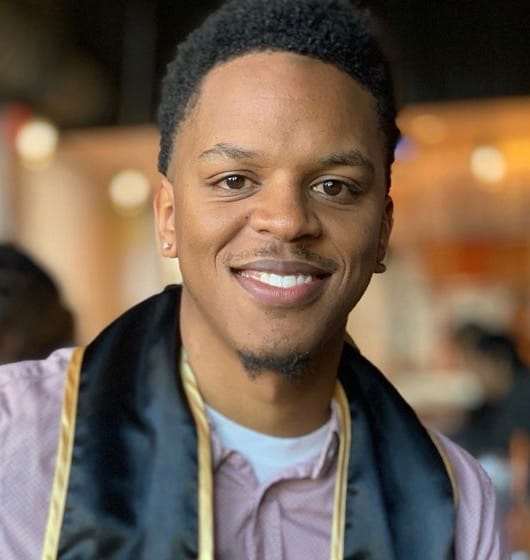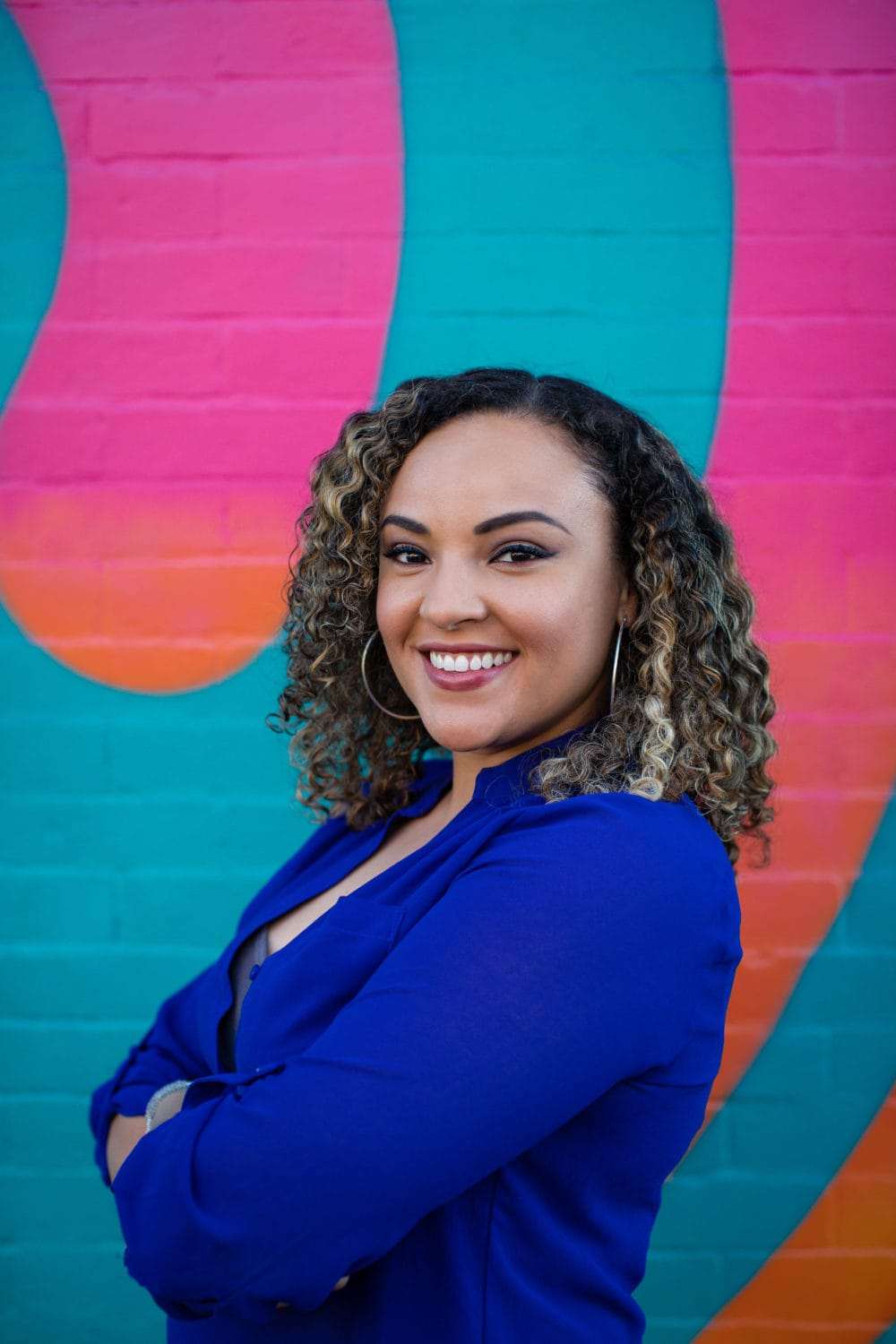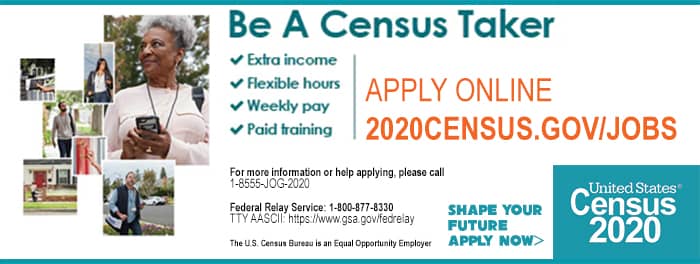
by JR Valrey, Black New World Media
The COVID-19 pandemic summer has changed society in ways that would not have been imaginable a year ago. One of the big adjustments that the Black community has to deal with is education, now that “distance learning” and “social distancing” has become the norm.
The Oakland Unified School District has declared Aug. 10 as the first day of school, although the first four weeks will, surely, be on the computer screen because of reported spiking COVID infections in Alameda County, and no one knows what the district’s plans are after that.
To lessen the weight of the education burden on the community, the East Oakland Youth Development Center, on 83rd and International, in the heart of deep East Oakland, has just announced that they are expanding their After-School Leadership Academy and Bridge from after-school programs to full day models to fill the void in the school day.
I spoke with EOYDC’s Director of Program Effectiveness Landon Hill, who manages and supports all of the programs, ensuring that the programming is of high quality for all participants, as well as Vice President of Organizational Effectiveness Selena Wilson, who has most recently been involved in the development of the EOYDC’s COVID-19 safety protocols and in supporting general programming effectiveness, among other things.
Both of these members of the EOYDC’s management team have a long history with the organization. Landon Hill started at the EOYDC at 15 as a youth leader, and Selena Wilson started going to the EOYDC at age 4 to participate in the West African dance class. Both returned to the EOYDC five years ago to serve the organization in a professional capacity.
JR Valrey: Can you talk about the new youth program that the EOYDC is introducing? What is it called? When does it start?
Landon Hill: For the upcoming school year, we are continuing our year-round K-5 and middle school program offerings, After School Leadership Academy (ASLA) and Bridge. Although these are the same programs we have been offering for years, we are having to completely reimagine what programming looks like, primarily switching from an after school to full day model.

Both programs will begin Aug. 17. In addition, we will be continuing to serve our high school students through virtual workshops, one-on-one check-ins, college and scholarship application assistance and more.
Selena Wilson: Virtual supports will also be available to elementary and middle school students not enrolled in our onsite programming, which will include free homeschool supply kits, story time videos, downloadable lessons and activity plans and online tutoring.
JR Valrey: How many children will be in the program? How will you practice social distancing?
Landon Hill: We intend to serve approximately 35-40 students onsite between ASLA and Bridge. Similar to our summer programming, we will be limiting the number of students to five to seven per room with two to four staff members and interns to support learning and safety.
Each student has designated seating 6 feet apart spread across the rooms, with each having their own supply kits and materials to participate in programming. We also provide all the standard PPE, including masks for each student and staff member, along with hand sanitizer and EPA approved disinfecting wipes available in each room.
JR Valrey: What will the children be doing in the program exactly?
Landon Hill: In addition to the sort of homework support we normally provide, we will support students with the distance learning activities and assignments required by their schools. We will also be providing additional activities that are designed to support students in their academic performance, with a special emphasis on literacy.
We are also exploring ways in which we can provide supplemental support for any subjects that are less emphasized at certain times of the school year – based on the most recent proposals by OUSD – and continuing our enrichment activities: painting and drawing, ceramics, tech, wellness etc.
Selena Wilson: We are also using some of the extra time that we will have with students in this extended-day format to dive deeper into lessons centered around African and other Indigneous cultural heritage.

JR Valrey: Why did the EOYDC introduce these additions to these programs now? What void are y’all filling?
Landon Hill: The most recent proposals from OUSD indicate that students will continue with distance learning for at least the first four weeks of school. After those first four weeks, some students may slowly return to school, but many of them will have to wait several weeks before they are expected to return.
Even once they return and are in the later phases that the district has outlined, students would still only spend a fraction of the time in classrooms that they used to. Since we recognize that many parents will continue to need a safe environment for their children to go each day that they are unable to go to school, and are often looking for additional support with their students’ distance learning, we want to do whatever we can to assist the parents and students in our community.
Selena Wilson: We also recognize that EOYDC is a familial environment and now, more than ever, our kids need to feel as though their “village” is accessible to them. Ties to community are a huge part of our culture. During times of stress and uncertainty, having access to safe, culturally affirming spaces like EOYDC are key to supporting the emotional and mental health of our young people.
We pride ourselves on being a space that our parents trust within the community to still send their kids, despite how hard the surrounding areas have been hit by COVID.
JR Valrey: How do y’all feel as management at the EOYDC about Deep East Oakland being in the grips of having one of the highest COVID infection rates in Alameda County? And this is the community you all are serving?
Landon Hill: We’re very sensitive to the fact that East Oakland has been one of the most impacted communities by COVID. Many of our parents have expressed concern about having their students return to spaces where they will be overly exposed to the virus, but still needing a safe space for their kids to go while they are at work.
We pride ourselves on being a space that our parents trust within the community to still send their kids, despite how hard the surrounding areas have been hit by COVID. Of course, it’s disheartening to see our neighborhood disproportionately impacted due to so many systemic issues, but we are happy to be so rooted in this community that we can provide some form of relief during this particularly troubling time.
Selena Wilson: This also reaffirms the importance of the work we’re doing with partner organizations, such as the Black Cultural Zone, to address the systemic oppression that created the conditions for East Oakland – and Black and Brown folks most specifically – so disproportionately.
JR Valrey: Are there any other programs, newly introduced or coming soon, that the people should become aware of?
Landon Hill: Right now, the focus is on our year-round programming that I mentioned earlier. As we finalize the plans for these programs, more information about them will be released very soon.
JR Valrey: How could people sign up for the new program? How could people keep up with everything the EOYDC is doing?
Landon Hill: We will be sharing a registration form soon. Many of the updates we provide are shared via our social media accounts – Facebook, Instagram, Twitter. People can also email us at hello@eoydc.org to inquire about updates about our programs and other highlights.
JR Valrey, journalist, author, filmmaker and founder of the Black New World Journalists Society, can be reached at blockreportradio@gmail.com or on Facebook. Visit www.youtube.com/blockreporttv. All stories related to COVID-19 were partially made possible by the Akonadi Fund #SoLoveCanWin.





